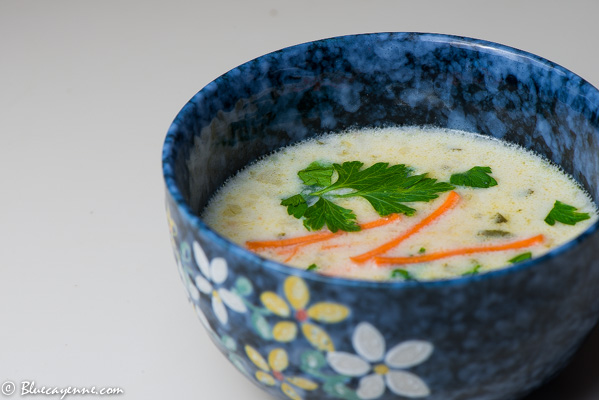As American as enchilada sauce…
“For what avail the plough or sail, or land or life, if freedom fail?” —-Ralph Waldo Emerson Happy 4th of July. In deference to the America that embraces both diversity and unity, here is a great recipe for your holiday table where enchiladas are as…





